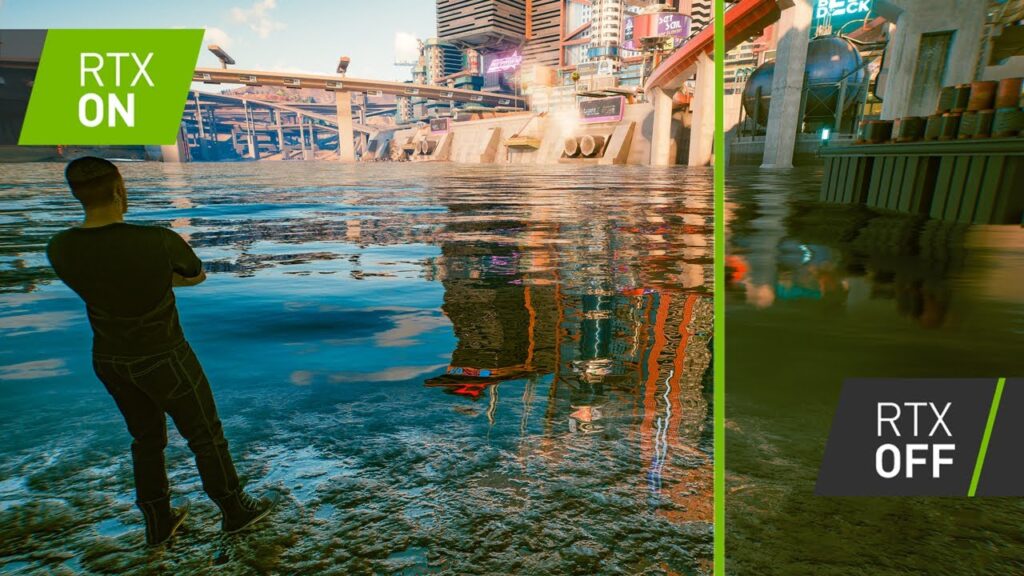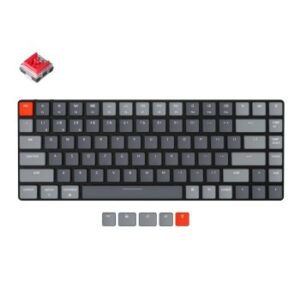What is Raytracing? Ray tracing is a rendering technique that involves simulating the way light travels and interacts with objects in a 3D environment. It allows for the creation of more realistic and lifelike graphics in games and other applications.
In traditional rendering techniques, a scene is generated by calculating the color of each pixel on the screen based on the objects and lighting in the scene. This is done using a process called rasterization, which involves projecting the 3D scene onto a 2D plane.
Ray tracing, on the other hand, involves tracing the path of individual rays of light through the scene, starting from the camera and extending out into the environment. As the rays of light intersect with objects in the scene, they are absorbed, reflected, or refracted, depending on the properties of the object. The color of each pixel on the screen is then calculated based on the interactions of the rays of light with the objects in the scene.
The use of ray tracing in games can significantly improve the realism and quality of the graphics. It allows for the creation of more accurate and lifelike lighting and shadows, as well as more realistic reflections and refractions. It can also enable the use of more complex materials and textures, such as transparent or translucent objects.
However, the use of ray tracing also comes with some performance costs, as it requires a more computationally intensive process than traditional rendering techniques. As a result, it may not be practical to use ray tracing in all situations or on all hardware.
Which graphic cards has Raytracing
If you are asking what is raytracing you should be asking who has it. Most modern graphics cards that support ray tracing do so using dedicated ray tracing hardware, such as RT cores or tensor cores.
Some examples of graphics cards that support ray tracing include:
- NVIDIA GeForce RTX series: These graphics cards include dedicated RT cores for ray tracing, and are designed specifically for ray tracing applications. They are available in a range of models, including the GeForce RTX 3070, RTX 3080, and RTX 3090.
- AMD Radeon RX 6000 series: These graphics cards include support for hardware-accelerated ray tracing through the use of AMD’s RDNA 2 architecture and specialized hardware called ray accelerators. The Radeon RX 6800, RX 6800 XT, and RX 6900 XT are examples of graphics cards in this series that support ray tracing.
- Intel Xe series: These graphics cards, which are based on the company’s Xe architecture, include support for hardware-accelerated ray tracing through the use of specialized hardware called ray accelerators. The Intel Xe-HPG and Xe-HPC graphics cards support ray tracing.
It’s worth noting that the availability and performance of ray tracing on these graphics cards may vary depending on the specific model and the specific game or application being used. Additionally, some games and applications may require the use of a specific graphics card or hardware configuration to support ray tracing.











